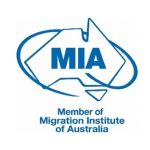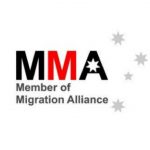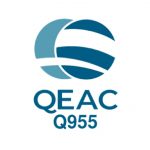Primary & Secondary Education




Australian primary and secondary schools are admired around the world for their excellent quality of education
Primary and secondary education in Australia includes preschool education, kindergarten/preparatory (students aged about 3-5 years old), primary school (students aged about 6-12 years old), secondary school and high school (students aged about 12-18 years old).
Preschool education and kindergarten are not compulsory education, but preparatory education provides a buffer period for children, which can help develop children’s physical and psychological functions, cultivate their basic social and independent abilities, and prepare them for entering and adapting to primary education. Compulsory education is from Year 1 of primary school to Year 9 or 10 of secondary school and all school-age children (6 to 16 years old) must attend school. After Year 10, students can choose to continue to finish Year 12 and pass their provincial public examination to enter the university or choose to enter other higher education institutions according to their own circumstances.
Primary and secondary schools in Australia are divided into government schools and non-government schools. All schools must be registered with the State or Territory Education Department and be equipped with the infrastructure and have registered teacher numbers required by the government.
Government schools | Non-government schools |
Funded and managed by the government; Account for about two-thirds of all secondary schools in Australia, and 65.6% of the total number of Australian students; Usually a co-educational school; Students are mainly local, and the language environment is good; Recruit a small number of international students, and the proportion is generally controlled at about 5%; There are many schools, with balanced education quality, and that of elite schools is high. Enrolment is carried out by the education department of each state, and the Entrance requirements are formulated by the state government. The entry threshold for international students is relatively low. It belongs to compulsory education and is free for local students. Tuition is relatively cheap and cost-effective; Teaching follows specific national education guidelines and prescribed curriculum. | Established and operated by churches, enterprises, and private individuals, including church schools and independent schools; Account for about one-third of all secondary schools in Australia, and 34.4% of the total number of Australian students; Some schools offer single-sex education; Students are mainly local, with strong teachers and good hardware facilities; Recruit a small number of international students, and the proportion is generally controlled at about 3% or even lower; Teaching quality varies, but the overall quality of education is slightly better than that of public schools; Entrance requirements are more stringent, and many private schools will require students to take the AEAS test or participate in school interviews; Tuition is higher than public schools; Advocate individualized education and provide more unique elective courses to meet the individual development of students. |
Australian education pays great attention to the individual development of students, and real small class teaching allows each child to get enough attention from the teacher. The school pays attention to cultivating students’ independent learning ability, innovation ability, cooperation ability, personality and so on. The school education stage is a stage when students have strong learning ability, which not only enables them to learn language, scientific and cultural knowledge, develop the independent living ability, social communication ability, helps them quickly fit into local life, also lays a foundation for them into higher education.
